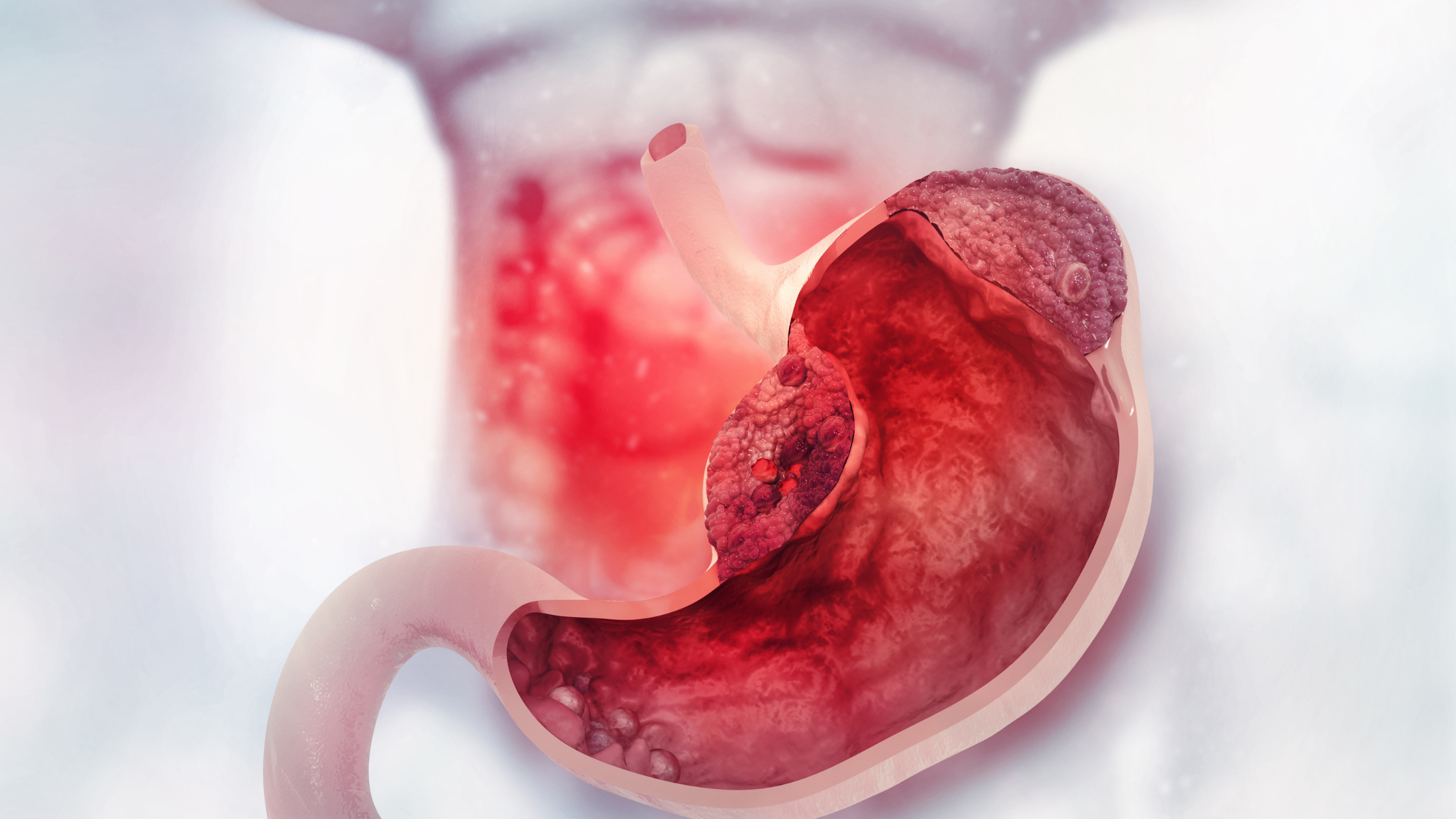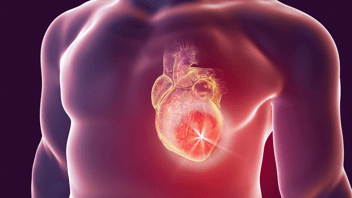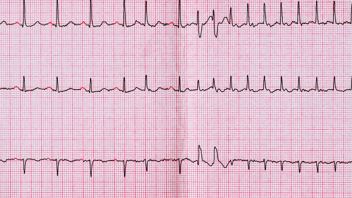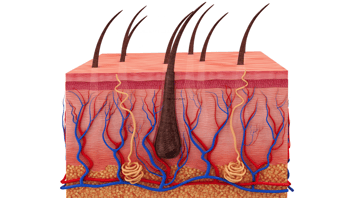Peptic Ulcer Disease NCLEX Review for Nursing Students + Free Download

Understanding Peptic Ulcer Disease(PUD) is Crucial for the NCLEX Exam
As you embark on your journey to become a nurse, understanding common gastrointestinal conditions like PUD is essential. In this blog post, we will break down the basics of peptic ulcer disease (PUD) in a straightforward and easy-to-understand manner. From its causes and symptoms to diagnosis and nursing care, you'll gain the knowledge and confidence needed to care for patients with PUD effectively.
.png?width=1200&height=630&name=nclex%20review%20for%20angina%20(2).png)
Peptic Ulcer Disease(PUD) Overview
Peptic Ulcer Disease, commonly known as PUD, is a digestive condition that affects the lining of the stomach or the first part of the small intestine (duodenum). It occurs when stomach acid damages the protective lining, leading to the formation of open sores or ulcers. These ulcers can cause discomfort and pain in the upper abdomen, often described as a burning sensation.
General Information on Peptic Ulcer Disease(PUD)
- Causes
- Helicobacter pylori, frequent use of NSAIDs, smoking, and alcohol use
- Diagnosis is done with an upper GI Series x-rays or EGD (Esophagogastroduodenoscopy)
Nursing Assessment for Peptic Ulcer Disease(PUD)
- Nausea/Vomiting
- Abdominal Pain
- Usually upper abdominal pain
- Often burning or sharp pain
- Gastric Ulcer→ Gnawing, sharp 30-60 minutes after a meal
- Duodenal Ulcer→ 1.5 to 3 hours after eating, pain may also be relieved by eating
- Hematemesis (gastric)
- Vomiting of blood
- Melena (duodenal)
- Dark black tarry feces
.png?width=1200&height=630&name=nclex%20review%20for%20angina%20(2).png)
Therapeutic Management for Peptic Ulcer Disease(PUD)
- Avoid aspirin and NSAIDs because they increase bleeding risk
- Monitor H&H and assess for bleeding
- Medications→ H2 receptor antagonists, proton pump inhibitors, antacids, and sucralfate (Carafate) → take 30-60 minutes before meals
- Surgical options
- Vagotomy→ Cut Vagus nerves, ↓ Parasympathetic response= ↓ gastric acid
secretion - Gastric resection / Gastrectomy→ Remove all or part of the stomach to remove ulcerated tissue
- Billroth I, Billroth II→ Remove a portion of the stomach and reattach to the duodenum (I) or jejunum (II)
- Post-Op:
- HOB 45°
- Clear Liquids x 3-7 days
- Assess Bowel sounds
- To help the risk for Dumping Syndrome (rapid influx of gastric contents into the small intestine) avoid sugar or fatty foods, eat smaller meals, and do not consume fluids with meals
- Vagotomy→ Cut Vagus nerves, ↓ Parasympathetic response= ↓ gastric acid
Nursing Case Study for Peptic Ulcer Disease(PUD)
Patient Profile:- Name: Sarah Johnson
- Age: 45
- Gender: Female
- Medical History: Chronic Stress, Regular NSAID Use, Family History of PUD
- Occupation: Office Manager
Chief Complaint:
Sarah presents to the clinic with complaints of burning abdominal pain that worsens between meals and at night. She also experiences occasional nausea and bloating. The pain has been ongoing for the past few weeks and is affecting her daily activities.
Assessment Findings:
- Vital signs: Blood pressure 130/80 mmHg, Heart rate 82 bpm, Respiratory rate 18 breaths/min, Temperature 98.6°F (37°C).
- Abdominal Assessment: Epigastric tenderness on palpation, no rebound tenderness or guarding.
- Bowel Sounds: Normal and active in all four quadrants.
- Weight: Unintentional weight loss of 5 lbs in the last month
Nursing Interventions:
- Pain Management:
- Administer prescribed antacids and proton pump inhibitors to alleviate Sarah's abdominal pain and reduce gastric acid production.
- Educate Sarah on avoiding trigger foods and drinks that may exacerbate her symptoms.
- Medication Education:
- Provide thorough instructions on prescribed medications, emphasizing the importance of compliance and possible side effects.
- Caution Sarah about the potential risks of NSAID use and suggest alternative pain management options if necessary.
- Nutritional Support:
- Recommend small, frequent meals to prevent excess gastric acid production.
Advise Sarah to avoid spicy, acidic, and fatty foods that may irritate the stomach lining. - Encourage her to maintain a food diary to identify specific triggers.
- Recommend small, frequent meals to prevent excess gastric acid production.
- Stress Reduction Techniques:
- Teach Sarah stress reduction techniques such as deep breathing exercises, mindfulness, and meditation to help manage her chronic stress.
Plan of Care:
- Administer antacids and proton pump inhibitors as prescribed to manage Sarah's symptoms.
- Educate Sarah on dietary modifications to prevent symptom exacerbation.
Advise her to avoid NSAIDs and explore alternative pain management options with her healthcare provider. - Encourage stress reduction techniques to help Sarah manage her chronic stress and reduce triggers for PUD.
- Schedule follow-up appointments to monitor Sarah's progress and adjust her treatment plan as needed.
Outcome:
With diligent management and ongoing support, Sarah's symptoms begin to improve. Her abdominal pain decreases, and she experiences fewer episodes of discomfort. Through a combination of medication, dietary modifications, and stress reduction techniques, Sarah gains control over her Peptic Ulcer Disease.
Conclusion and Free Download
This Peptic Ulcer Disease(PUD) review provides essential knowledge for approaching the NCLEX with confidence. Understanding symptoms, interventions, and considerations related to Peptic Ulcer Disease(PUD) is crucial for delivering exceptional patient care as a nurse.
Are you looking for more must-know NCLEX review topics? Download our free eBook, "NCLEX Flash Notes: 77 Must-Know Nursing Topics for the NCLEX," by simply providing your email address below. I'll send you a complimentary copy straight to your inbox!
.png?width=1200&height=630&name=nclex%20review%20for%20angina%20(2).png)
You CAN Do This
Happy Nursing!








